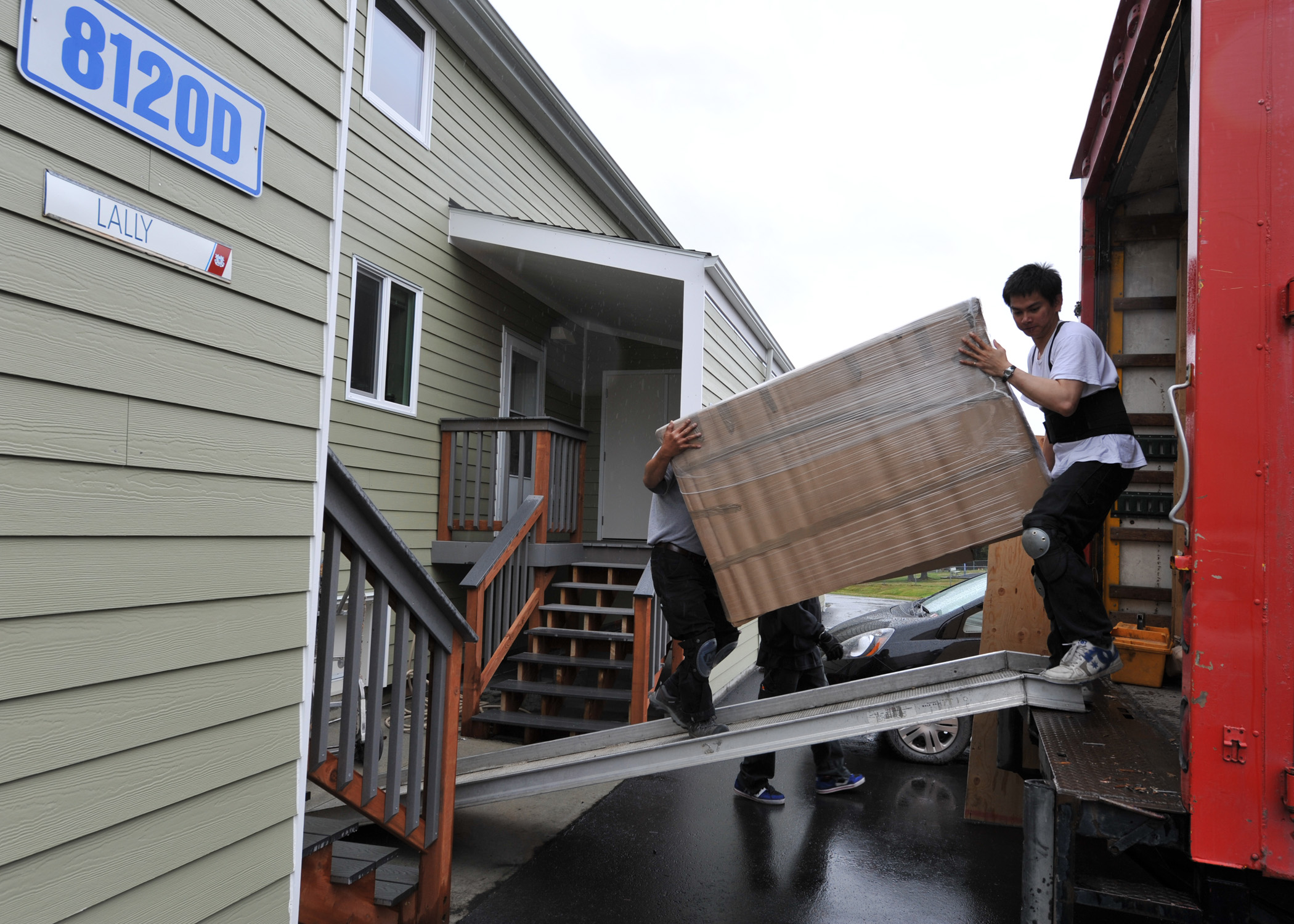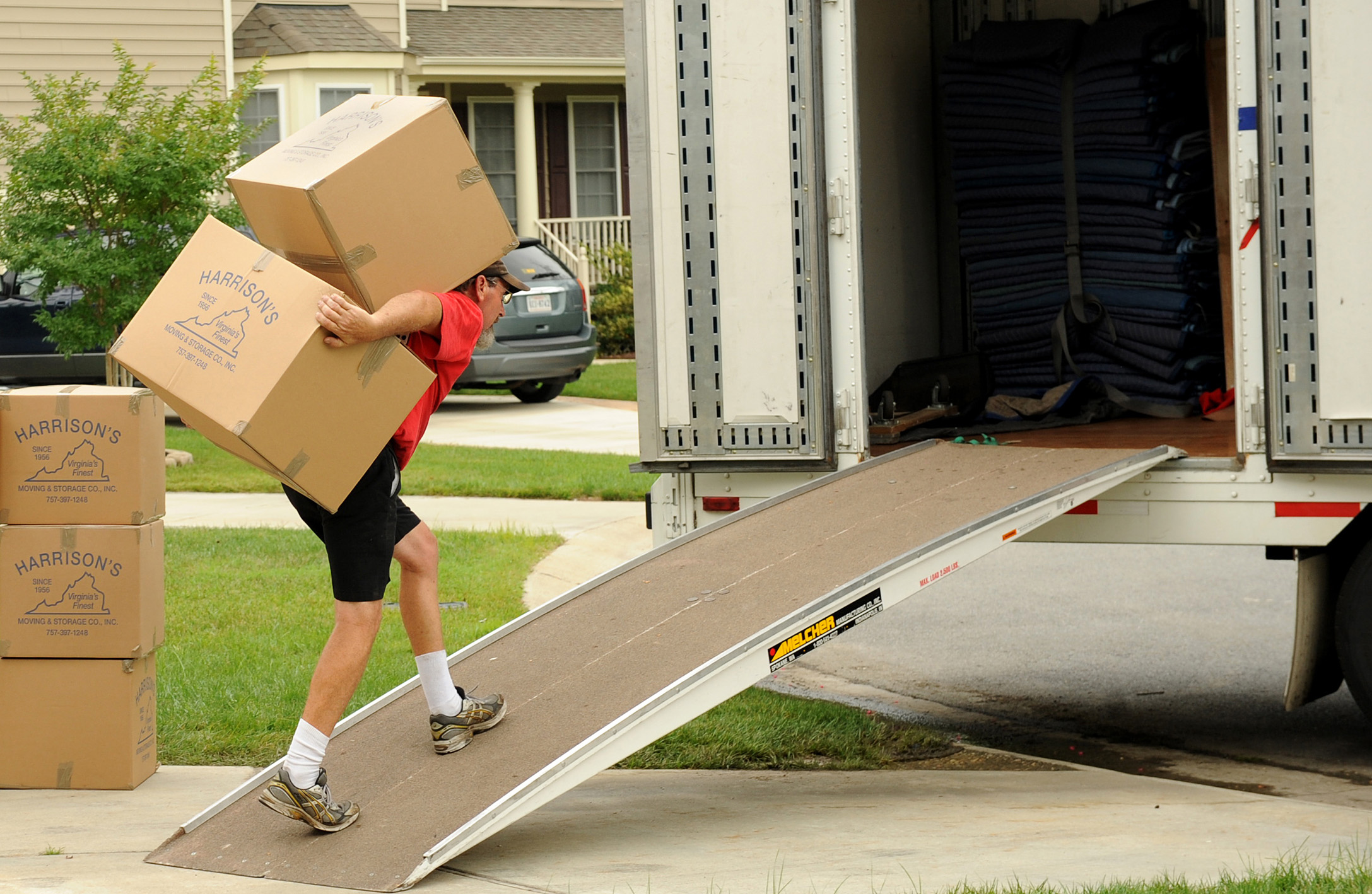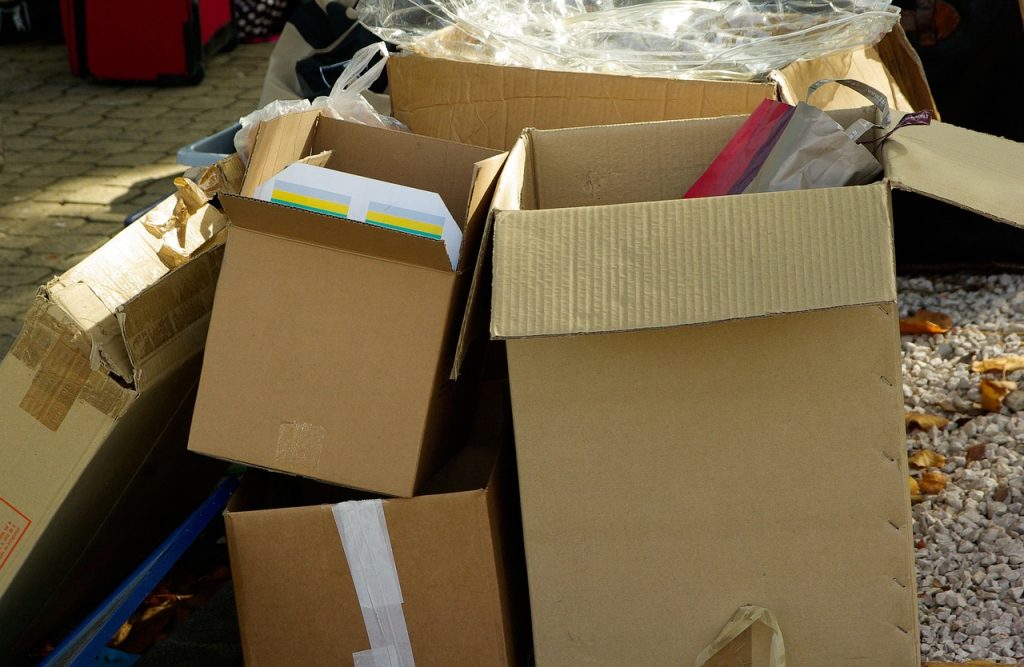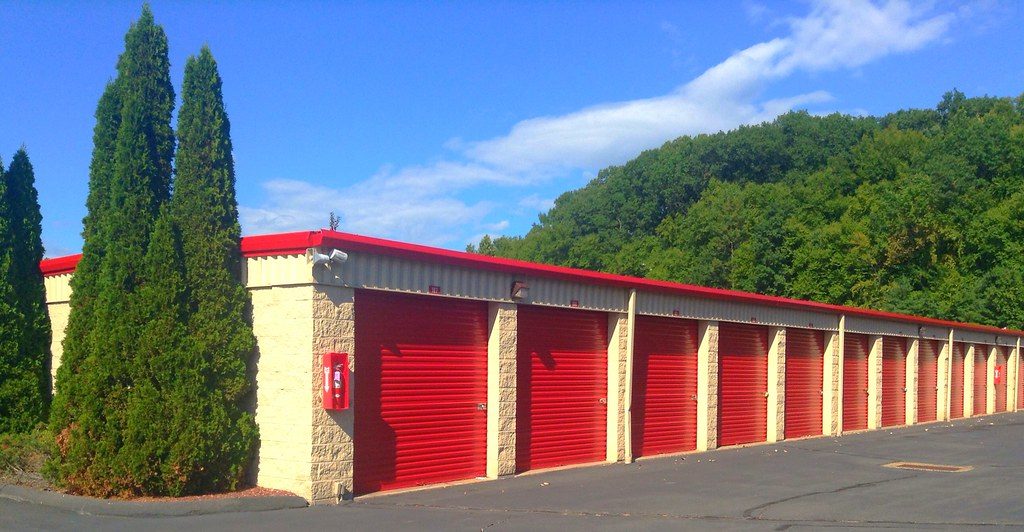
7 Things You Need To Know When Renting a Storage Unit
Imagine this: You feel anxious living in a cluttered home because you have too much stuff in it. From extra furniture to your doll collection, there are several reasons why you should invest in a storage unit. But if it’s your first time renting one, you should understand how this business works. This guide will tell you everything you need to know before choosing one.
1. Not all storage facilities are created equal.
This is the first thing you should keep in mind when choosing the right storage facility. Not every storage facility company operates the same. They operate differently when it comes to cleanliness, customer service, effectiveness, security measures, temperature control, and providing moving trucks and packaging materials. You should keep these factors in mind when choosing the right one.

2. You can’t stop burglars from breaking in.
Just because your storage facility comes with padlocks and security gates doesn’t mean burglars won’t break into it. Most burglars rent storage units, so they can receive access to the facilities late at night where they do their dirty work. They start by cutting padlocks using bolt cutters. Then they help themselves to some of your belongings.
So how can you prevent this problem from happening? Talk to the storage facility about the security measures they have in place. Find out if customers use padlocks or cylinder locks that can’t be removed by bolt cutters. Find out if they have alarms on each of the storage facilities, so customers know when their storage unit is being accessed.
There are some storage facilities that have security cameras on-site. The storage facility should use more than one, and their security cameras should cover every aspect of the grounds. Those security cameras should be operating 24 hours a day. Finding out this information will give you insight into the facility’s security measures and ensure that your questions are being answered efficiently.
3. Climate-controlled storage units protect your goods from inclement weather.
Wild and unpredictable weather can cause damage to your fabric, furniture, and other sensitive items. It’s common to find that some of your items have been ruined or damaged from heavy rain, humidity, snow, and temperature changes. To ensure that your items are protected from the elements, consider investing in a climate-controlled storage unit that keeps the climate consistent indoors. The items that you store will be safe inside, making it impossible for them to be damaged.
4. Consider the costs of storage facilities.
What you invest in a storage unit will depend on its size and how long you plan to use it. While most storage facilities operate month-to-month, others can give you a discount for long-term use. The pricing depends on various factors, including if the unit is indoors or outdoors, provides drive-up access, and includes climate control. Location can also be a driving factor for the cost of the storage unit.
5. Take the free truck rental.
While you might be able to fit most of your belongings in your pick-up truck, it’s better to use a free truck rental offered by your storage facility. A free truck rental makes it easier to transport heavy items in a single load, which reduces the time it takes to transport items to your storage unit. Most storage facilities offer free truck rental when you sign up for a storage unit.
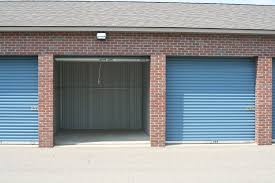
6. Insurance is dependent on the customer.
Most customers won’t enjoy hearing this piece of information. The storage facility is not responsible for what happens to your belongings. You have the option to purchase insurance at the time you purchase your unit. Before you purchase insurance from the facility, ask your insurance agent whether your homeowner’s or renter’s policy will cover storage at no extra cost.
7. Inspect and clean your vehicle before storing it.
You should be aware of a few things before storing a vehicle. It is essential to ensure that your car remains in good condition during its time in storage, especially since you won’t likely be checking on it regularly.
Make sure you filled up your car with gasoline before storing it. You should add a stabilizing agent to your car’s gas tank for storage times over two months. It will help prevent the gas in the tank from going bad and potentially damaging your fuel system’s essential parts.
Changing the oil before putting your car in storage helps avoid the risk of having dirty oil that thickens over time. If your oil thickens up, it can make starting your vehicle much more difficult, and potentially require an oil change before running again.
The battery is a critical component of your car, and leaving it unused for weeks or months could cause it to drain, and even start leaking battery acid. You can avoid this in some ways. You can use a trickle charger device, which connects to the battery and plugs into a wall socket, preventing drainage. The other option is to disconnect the negative terminal of the cell. If you take this route, you may lose some settings and presets for the radio and other devices, but the battery should be fine once its reconnected.





